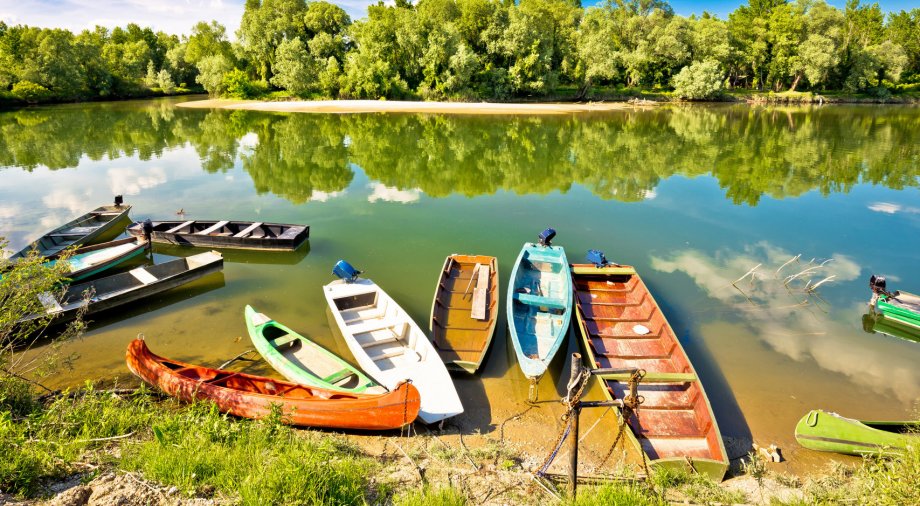The joint Hungarian-Croatian Interreg program between 2021-27 is being prepared

This will develop as a result of an extremely complex, multi-stakeholder process, in which the central government bodies, local authorities, and specialists dealing with area and business development of both countries are involved.
The preparatory and strategy-making work with a total budget of 290,000 euros is carried out by the Pannon EGTC. This umbrella organization brings together 63 Hungarian, Croatian and Slovenian municipalities, universities and national parks. The first part of the work is the analysis of the current situation and the examination of the experiences of the Hungarian-Croatian Interreg program period so far.
The ultimate goal is to create a common development strategy that is in line with the national development objectives of both countries. This will require additional questionnaire surveys, expected online workshops and in-depth interviews with key players. By the end of the project in August 2021, a document containing a detailed presentation of at least five complex strategic project ideas beneficial to both countries will be prepared. On the basis of these materials, application opportunities are opened in the third Hungarian-Croatian Interreg cycle.

